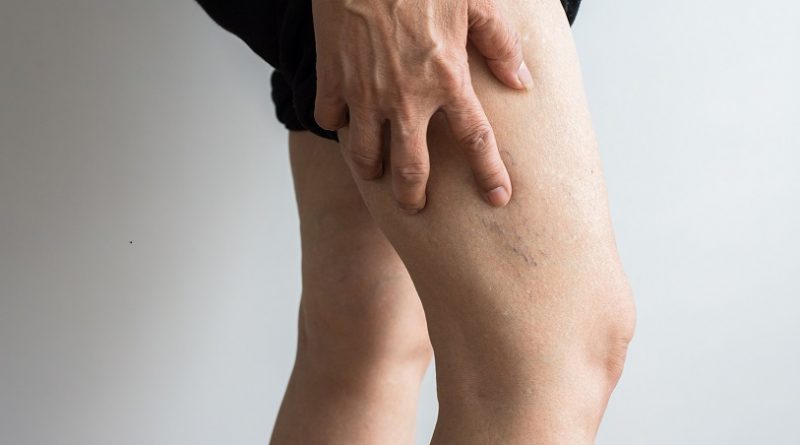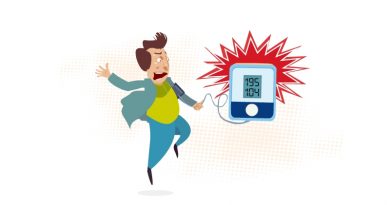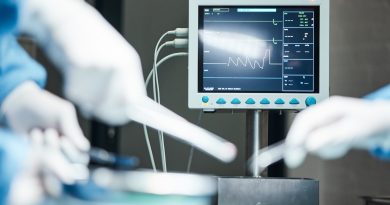Vein disease can come in many forms. It can range from as simple and non-threatening as varicose veins to severe and chronic conditions as thrombophlebitis leading to pulmonary embolism.
Even though vein diseases are commonly not considered a serious health problem, some lead to severe complications when left untreated. That is why it is important to spot and reduce the symptoms of any vein disease from early on. This way, you can prevent it from worsening as well as avoid any life-threatening situations from happening.
With that said, here are some of the signs you should not ignore and be on the lookout for.

Corporate Wellness App
CircleCare
Varicose Veins
As mentioned earlier, varicose veins are often non-threatening and a superficial venous disease. It is so common that almost everyone has, or, at some point, had it. In fact, 30 million people in the United States alone have varicose veins. So it’s no wonder why people often brush it off as just something common and not a symptom that can lead to further complications.
That being said, you should always remember that varicose veins might be a warning sign or symptom for other vein diseases as well.
Take chronic venous insufficiency (CVI) as an example, one of its causes and symptoms is diluted varicose veins due to faulty valves. This happens when blood clots damage or block your venous flow. CVI has six stages, from spider or varicose to veins in the earliest stage to open sore being the most advanced one.
So the sooner you receive a proper diagnosis from a doctor or a specialist, the better. If you happen to live in any of the major cities in the United States, then you can just book an appointment and drop by any vein clinic in Phoenix, New York, LA, Chicago, or whichever city is the most convenient for you. They can help you figure out whether your varicose vein is a sign of a severe health condition.
Leg Pain
Tenderness in the calf muscle or chronic leg pain is a worrying sign that you should look out for as well. Conditions like deep vein thrombosis (DVT) often show its symptoms and begin in the calf, making you feel like you are in pain from cramping or soreness. In fact, a study shows that half of the patients who have DVT experience pain and tenderness around the legs.
Leg pain leading to DVT is not easy to spot and can be mistaken as a mere muscle ache. To help you distinguish it, try bending your foot up and see if the pain gets worse. If that is the case, then you should consult a health professional and avoid self-medicating. This way, you can know for sure whether it’s something that you should worry about or not.
Swelling
Keep in mind that swelling for an extended period of time is not a common occurrence. If the swelling does not subside after a few days, then it might be best to consult a specialist and properly identify what is causing it.
Swelling can be a symptom of many vein diseases such as lymphedema, post-phlebitic syndrome, DVT, CVI, and other conditions that can lead to severe complications. It is also worth mentioning that continuous swelling around your varicose vein is also not a common occurrence. Even though varicose vein is fairly common among adults, swelling is a different story and can be a symptom of other vein diseases.
In this case, it might be in your best interest to consult a doctor or a specialist that can help you. This way, you can identify what is causing the swelling as well as what steps you should take to avoid the swelling.
Skin Discoloration
Skin discoloration is often easy to spot. This usually happens when the skin on your affected leg turns reddish, purple-ish, or blue color.
Complications of diseases like DVT can also be characterized by discoloration. Along with swelling, patients with DVT might also notice red or discolored skin around the leg or affected area. There are also rare cases where your skin appears to be paler or looked more blanched. This case usually happens if the clot causing DVT completely blocks your vein.
Fever
One of the worrying signs of vein disease is fever. In cases like lymphedema, fever is a sign of infection. Lymphedema is a venous condition caused by previous cancer treatments.
However, it is worth noting that fever does not always equate to venous disease like lymphedema. Fever is just one of the many signs of this vein disease. Given that it is a sign of infection, it is usually accompanied by numbness, loss of mobility, and swelling around the legs. So if you tick all these symptoms, then it might be best to visit your doctor and treat these symptoms before it gets worse.









Pingback:Varicose and Spider Veins: Causes, Symptoms, and Treatments - CircleCare